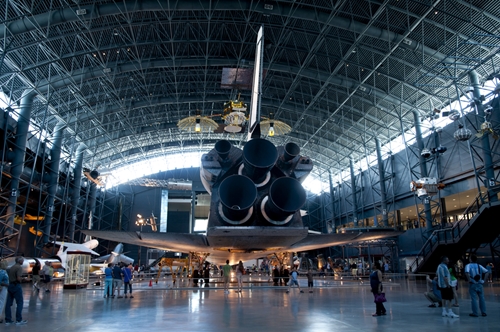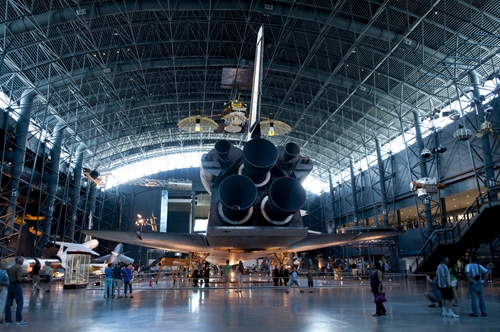Laser scanning makes archiving and education easier at museums

Being able to just search a database for accurate information and look at a 3D model of an object is much easier – and faster – than having to walk through a building and having to physically find the item. This is one of the reasons why the Smithsonian Institution invested in using 3D laser scanning to archive parts of their collections as 3D digital models.
Mapping and modeling objects at the Smithsonian
According to Popular Science, pieces like a statue of Thomas Jefferson and full-scale replicas of the entire collection in the National Air and Space Museum are now preserved as 3D models and printouts thanks to laser scanning technology. CNET reported 3D laser scanning is helping the Smithsonian expand the reach of its collections, making more items available for public viewing. The Smithsonian decided to turn to 3D laser scanning to archive its collection because only 2 percent of its 137 million objects was able to be viewed at a single time, according to CNET.
3D models of priceless objects are now able to be displayed without damaging the item. In addition, objects that would have normally have had to be loaned to other museums for special collections can stay safe at the Smithsonian, with respective 3D replicas taking their place on the road.
Adam Metallo and Vince Rossi, 3D digitization coordinators at the Smithsonian, didn't have many resources and had to carefully choose which objects to archive in the digital space, but their work is benefiting the institution's entire community.
Not only can people now look through parts of the Smithsonian's collections and become better informed about the different pieces, but they can even download some of the 3D models through the Smithsonian's website.
In fact, researchers can even examine specific items without even leaving their institutions because of the use of 3D laser scanning. According to an article by Marc Cheves, editor of The American Surveyor, this widens the scope of research on the collection, as researchers from all over the world can view, measure, create cross-sections and examine textures of the digitalized objects quickly and easily. Not only that, but researchers are able to reconstruct broken objects by using 3D mapping to gather data on as-is conditions and creating accurate models on how items used to look for research and preservation purposes.
The benefits of 3D laser scanning and modeling are many when it comes to archiving items and educating the public about historic objects.

